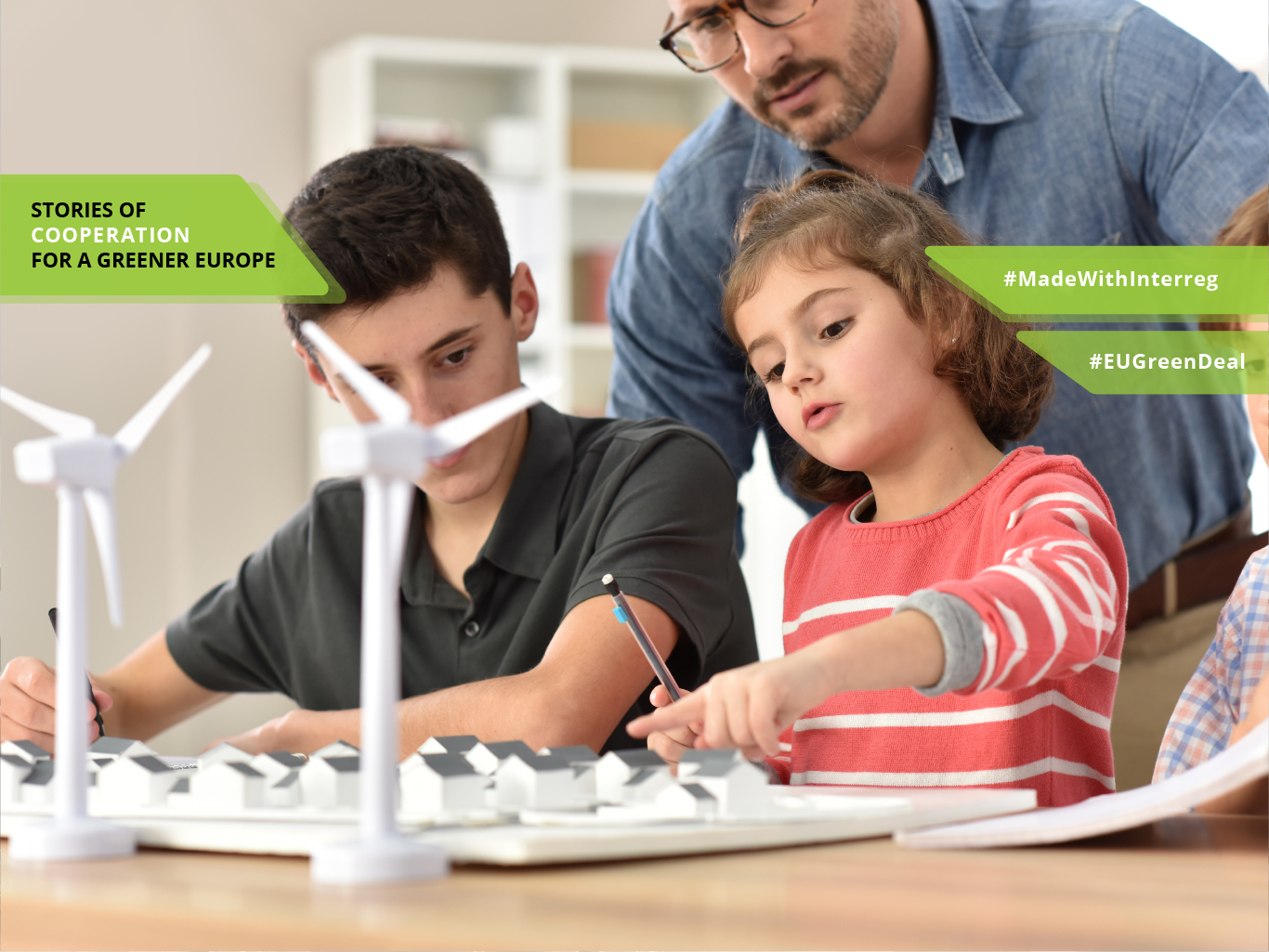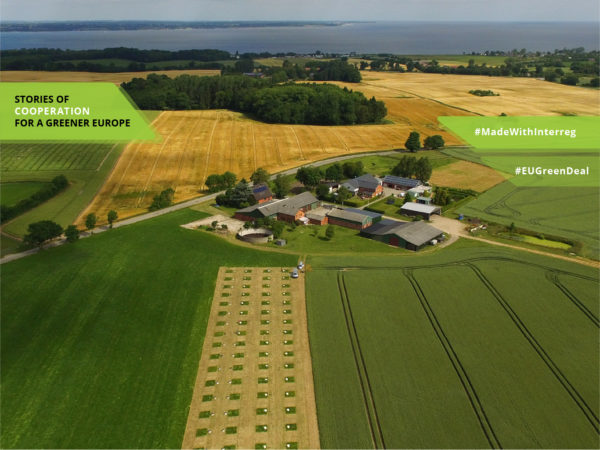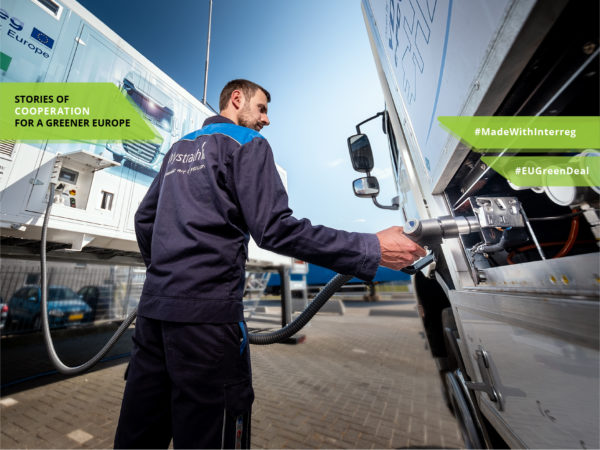When children teach us how to save energy
Zsuzsanna is thirteen years old, lives in Szolnok, Hungary and she would like to protect our planet as much as possible. She is affected by all the bad news she sees on TV about waste and smog concentrated in our cities. In Fusignano, Italy, the twelve-year old Fabio thinks the same. He understands that energy is the basis of all our activities. For him "Wasting energy means wasting our future."
Both Zsuzsanna and Fabio are Junior Energy Guardians. They have learned about saving energy. Both can see how much energy their schools save thanks to simple measures. They know that switching off the lights, lowering the room temperature and closing the windows can help to save our planet.
Nearly 40% of energy consumption and CO₂ emissions in Europe are generated by buildings, most of them public buildings. The European Commission is taking decisive steps to address the issue with its Renovation Wave Strategy, aiming at renovating 35 million buildings in the EU by 2030. Yet energy efficiency is a long term and costly goal, which will require vast efforts before having concrete impacts. As we all know, when it comes to climate changes, we also need immediate action. Raising awareness and adapting our consumption habits is a way to quick and effective results. Two Interreg projects have carried out this approach. Their aim is to reduce our energy consumption by changing our behaviour.
The Interreg Alpine Space project THE4BEES, defends exactly this position with a clear slogan: “energy is consumed by people rather than by buildings”. The idea is to make people understand when, why and how they use a certain amount of energy so they can better monitor it. The first step to change behaviour is raising awareness and becoming conscious about how we are consuming energy. For instance, THE4BEES developed sensors and apps that would indicate to users how much energy they use and give them tips about how to reduce their consumption level.
Saving the planet by involving everyone
Raising awareness is not the only way to encourage people to reduce their consumption. “You need to involve them”, explains Desirée Bua from THE4BEES project, as “people will accept the change because they took the measures themselves, it makes them proud”. This bottom-up approach consists of giving users information, tools and scenarios and letting them decide which steps they are ready to take, knowing the concrete impact they will have. This way, citizens are directly and actively involved and can make the changes that fit them best. Results in the Lombardy Region, one of THE4BEES’s pilot sites, were very promising: energy consumption in housing decreased impressively.
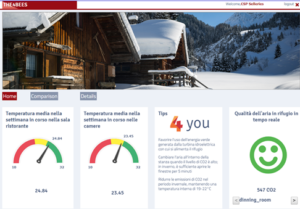
Although making efforts in our home consumption is a big step, a further one is to act in public buildings. What a better way than to start with schools? ENERGY@SCHOOL, from Interreg Central Europe, reduces energy loses at schools thanks to a better monitoring of energy consumption. Even more importantly, it involves students and teachers in reducing their school’s environmental footprint. In seven different countries, more than 240 children were trained to become energy guardians at their school. “We want to show the pupils concretely how we can reduce our energy consumption and what role they need to play in our communities as Energy Guardians”, says Szilvia Domok, Senior Energy Guardian and Teacher in Ujszilvas, Hungary.
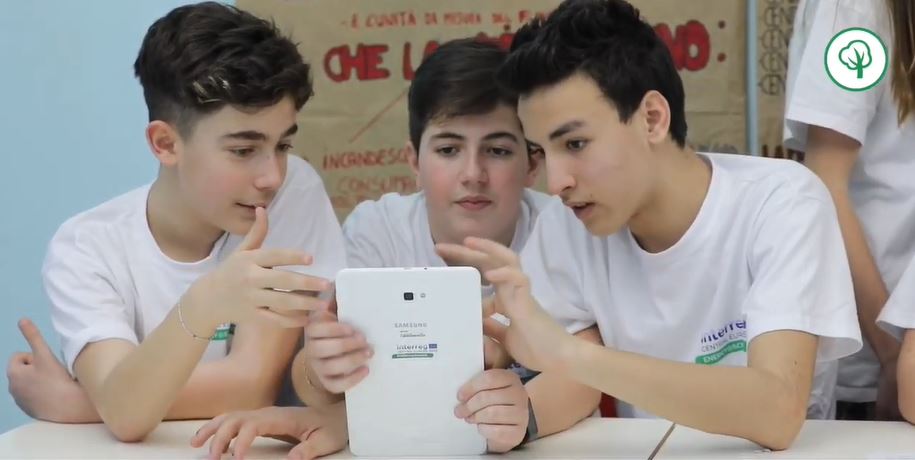
The newly trained ‘Energy Guardians’ were responsible for overseeing if room temperature was not too high, windows open for too long or lamps unnecessarily turned on. In energy efficiency class, which looked like a normal class on any other subject, students also learned to use IT tools to get a more global and precise analysis. Now, any other education establishment in Europe can use their training material and the project’s dedicated app to monitor the school’s energy performance.
A message to all of us
Buildings’ high energy consumption is not only a problem for the planet, but also a financial issue. This economical aspect can be an additional motivation in adopting energy efficient habits. In central Europe, where the ENERGY@SCHOOL project operates, energy consumption in schools is the second highest expenditure of municipalities’ total running costs. In the more than 40 schools involved, the energy bill for municipalities was reduced by more than 30%. For THE4BEES, people living in social housing in the Lombardy region responded very positively. Thanks to the project’s app, they saw what was to be gained and how much money could be saved. People made great efforts and thus reduced at the same time their energy consumption and their energy bill. This illustrates again the importance of an individually tailored approach to climate change efforts. Finding the right message and the right method for the right person has been the core mission of these two projects.
ENERGY@SCHOOL and THE4BEES have paved the way for other initiatives of this kind. By showing how efficiently change in behaviour can reduce building’s energy consumption, they offer a promising and efficient addition to the European large-scale renovating plan. These models can now be replicated around the EU, promoting citizens’ – and in particular youth’s – active involvement as a complementary way to reduce our common climate footprint.
Watch ENERGY@SCHOOL project story in euronews
The authors
Dana Kascakova works as a Communication Manager at the Interreg Central Europe Programme
Lucas Blanc works as an Interreg Communication Reporter at the Interreg Alpine Space Programme
This article is part of a series on how transnational cooperation contributes to the EU Green Deal. Click here to see all stories.
